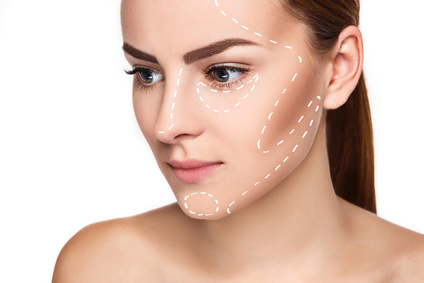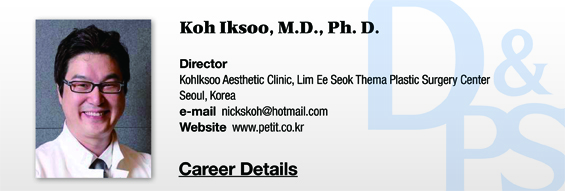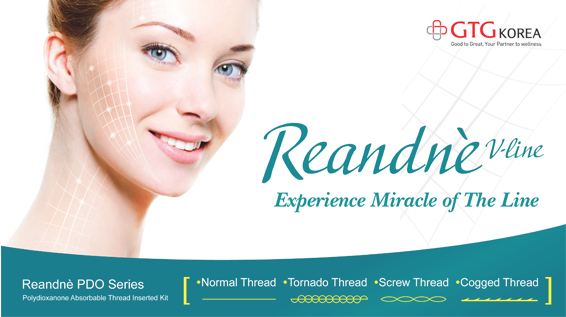
Dr. Ik-soo Koh of Petit Noble Plastic Surgery is a well-known authority on dermal filler procedures. He is the President of APAS (Association of Petit Aesthetic Surgery) and leads various academic seminars on minimally invasive aesthetic procedures. Recently, he is being recognized in China and Japan for his expertise in the field. This series will provide our readers an in-depth and extensive look into the current dermal filler market. The topic of the article in the October issue is “high risk areas and techniques of dermal filler injection. Much of the information has been extracted from Dr. Koh’s book Minimally invasive plastic surgeryⅠ: complications of dermal filler injection ― necrosis and vision loss.
Glabella
The glabella has relatively thick skin under which the supratrochlear artery, branched out from internal carotid artery, passes. This raises the risk of localized necrosis as well as vascular injection which could lead to vision loss and cerebral infarction.
To prevent such serious complications, it is important to minimize the injection amount and have accurate understanding of the supratrochlear artery’s passage. Great caution is needed as glabella wrinkles tend to form along the supratrochlear vessels which very often lie right under the injection sites.
In patients with thicker skin, glabella lines tend to extend to the proximal region where the supratrochlear artery pierces through the orbital septum. Great caution is needed in correcting this area. Therefore, I use Koh’s Block Masonry technique in the glabella area, where the filler is injected both into the subcutaneous layer and upper periosteum. For upper periosteum, I insert the needle so that it reaches where the supratrochlear artery pierces through the orbital septum.
[Advertisement] Reandnè Thread Series – Manufacturer: GTG KOREA(www.gtgkorea.com)
I withdraw the needle slightly to check for bleeding and when there is no bleeding, push forward again but not as deeply as the first insertion. Minimize the pressure on the syringe and use a needle 23G or higher. Create a narrow foundation at the bottom of the wrinkle using minimal injection above the periosteum and complete filling the wrinkle with a subcutaneous injection.
Greater caution is needed for subcutaneous injections. Insert deeply first and withdraw slightly to check for bleeding before pushing forward again. Use a 23G needle, and moderate pressure on the skin.
Hyaluronic acid (HA) filler is hydrophilic and causes greater swelling after injection compared to other filler materials. Therefore, tension should be adjusted considering this property. If the fullest extent of you can fill glabella crease is 100%, inject only about 70%.
-To be continued





















